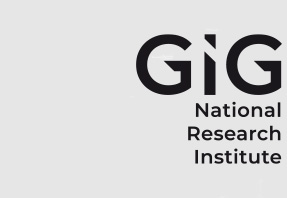Efficiency of MgO activated GGBFS and OPC in the stabilization of highly sulfidic mine tailings
Author ORCID Identifier
Minna Sarkkinen 0000-0003-1756-0699
Abstract
MgO activated ground granulated blast furnace slag (GGBFS) is a form of alkali-activated composite, which is successfully used as a binder in the stabilization of highly sulfidic mine tailings. The aim of this study was to compare alkali activated composite (AAC) and ordinary Portland cement (PC) as stabilization agents, as well as their efficiency to stabilize sulfidic tailings and the results of three different diffusion and leaching methods. The Life Cycle Assessment (LCA) method was used to compare the environmental impacts of the binders. The lab-scale program covered hydraulic conductivity, compression strength, and freeze-thaw resistance tests of the stabilized tailings. The results indicate that the hydraulic conductivity (6.08 · 10−9 m/s) and compressive strength (11.5 MPa at 28 days) of AAC were better in comparison, if the corresponding amount of PC (2.04 · 10−8 m/s and 10.3 MPa at 28 days) was used. LCA shows clear ecological benefits when using AAC instead of PC in terms of lower global warming potential. Diffusion and leaching tests indicated better immobilization efficiency of AAC than PC concerning As, Cr, Cu, Ni, Se, Zn, and especially Mo. In comparison with plain tailings, AAC stabilization reduced leaching of As, Cr, Cu, Mo, Ni, Pb, Se, Zn, Cl, and SO4 better than PC.
Recommended Citation
Sarkkinen, Minna; Kujala, Kauko; and Gehör, Seppo
(2019)
"Efficiency of MgO activated GGBFS and OPC in the stabilization of highly sulfidic mine tailings,"
Journal of Sustainable Mining: Vol. 18
:
Iss.
3
, Article 3.
Available at: https://doi.org/10.46873/2300-3960.1097
Creative Commons License

This work is licensed under a Creative Commons Attribution 4.0 License.

